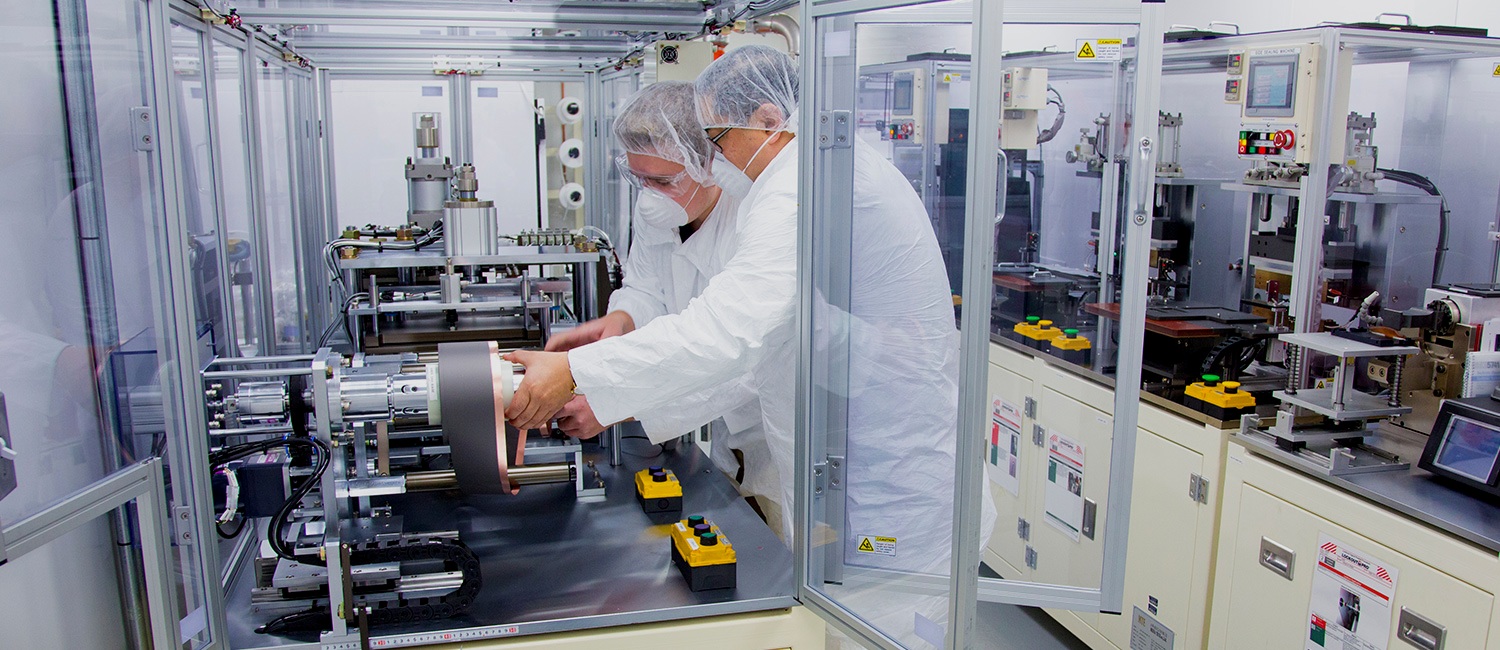
Our Safety REQUIREMENTS.
The prescribed safety guidelines for battery use are written guidelines for eliminating unnecessary risk from improper handling. These instructions provide training on how to work constantly with maximum efficiency and as safely as possible. Samples of safe execution of works are provided as a scheme to develop your own security program or simply expand your existing one. These samples are about safe handling of batteries for example only and just give ideas. Not all samples are suitable for your organization.
Disposal safety
Lithium thionyl chloride batteries after mining must be disposed of strictly in accordance with local / local laws on the disposal of lithium batteries. The final products from lithium batteries are non-toxic after neutralization and should be disposed of in specialized disposal fields. Since each state or country has different disposal requirements, contact your local environmental agency for disposal instructions.
Emergency SITUATIONS.
Due to the high energy potential of a lithium battery, there is always the possibility of a dangerous situation. In most cases, this is due to the internal or external heating of a hermetically sealed battery (irrelevant for the conditions of Western Siberia, Tatarstan, Bashkiria and other regions with low formation temperatures). Overheating causes the liquid electrolyte to expand and the hydrostatic pressure inside the battery increases, which can lead to leakage and liquid leakage. With further increase in temperature, the lithium anode melts (+ 171 ° C) and comes into contact with the electrolyte, which leads to the release of hydrogen and, accordingly, to an explosion.
Emergency Situations involving electricity.
Hazardous electrical conditions include: overcharging, short circuit and accelerated discharge (high current). On the basis of the design, batteries with a medium current potential (350 mA constant) in most cases do not pose a hazard with an explosion unless there is external voltage or the battery is short-circuited at high ambient temperatures. Spiral batteries (750 mA permanently) not protected by an internal fuse can be depressurized or explode if short-circuited at any temperature.
Hazardous physical conditions include: high ambient temperature during uncontrolled storage, shell breakdown and / or physical destruction of the hull during crushing, breakdown or disassembly. Never attempt to disassemble a battery without the necessary experience and training. Elevated temperatures can cause any type of battery to explode. Physical damage may result in leakage of a toxic and highly corrosive electrolyte.
SAFETY PROTOCOLS IN AN EMERGENCY SITUATION.
In the event of electrolyte leakage or battery destruction, the personnel must be evacuated immediately. If you do not have protective clothing, all personnel must be outdoors for at least 15 minutes and not try to correct the situation. A burning or smoking battery must be left to trained personnel. Burning lithium should never be extinguished with conventional fire extinguishing agents, except for those specifically designed to extinguish lithium.
In the event of electrolyte leakage, the battery must be isolated from personnel and equipment. Since the electrolyte can be neutralized by baking soda, the battery must be placed in a closed plastic bag filled with soda. The plastic bag should be placed in a closed container with a clearly visible, corresponding mark on the body.
Personal protective equipment (goggles, gloves, mask and gown) should always be used when dealing with a leaking battery.
Actions in case of electrolyte leakage from the battery, depressurization.
A leaky or depressurized battery must be isolated from personnel and equipment. The room must be ventilated. Before moving the battery, the temperature on the surface of the battery should be measured with a remote infrared thermometer. If the temperature is close to ambient - the battery should be moved using rubber gloves and non-conductive tongs and put in a plastic bag with soda. Spilled electrolyte should be collected neutralized with soda and collected in a plastic bag, insulated into a container with non-combustible filler like sand, vermiculite and then disposed of.
Actions with a rapid heating battery
As soon as a rise in temperature is noticed, all personnel must be removed from the workroom. The battery temperature should be monitored with a remote thermometer. The room should remain evacuated until the battery temperature drops to ambient. The battery can then be moved by the operator in protective clothing in a plastic bag with soda. Further actions are identical to actions at electrolyte leakage.
Actions in case of a battery explosion
If the battery explodes, all personnel must be removed from the premises. All spaces must be carefully vented until the smell disappears. If the explosion products are burning - proceed as follows (Ignition of lithium). Then act as if the electrolyte is leaking.
Actions in case of lithium ignition.
Evacuate the room. Personnel should avoid inhalation of combustion products (corrosive). Trained personnel should use oxygen cylinders for breathing and special fire extinguishers to extinguish lithium. After extinguishing, the entire fire zone is neutralized with soda, washed with soda solution and carefully disposed of.

